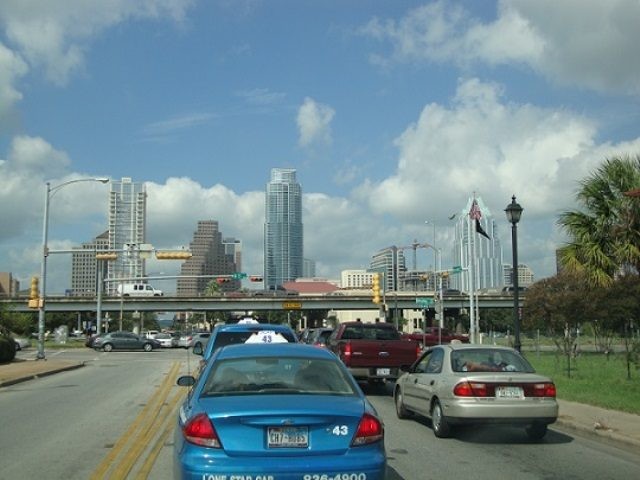Austin is in the throes of a government-induced affordability crisis and the city’s proposed budget threatens to make matters worse.
Though the new budget hasn’t been finalized yet, an early draft recommends raising taxes and fees by almost five percent, meaning many could soon find themselves paying a lot more for city services. Already, city government costs the average Austinite $3,865 annually. Under the proposed budget, that price tag could grow to as much as $4,043 per year, an estimated increase of $178.
Among the ways that officials are planning to boost their bottom line is through higher real estate taxes. Austin’s property tax already hits the average homeowner for $1,133 annually. That figure would jump to $1,251 under the proposal, which is a one-year increase of more than 10 percent.
If paying $1,251 in property taxes to city hall sounds like a lot, it is.
Only 10 years ago, the typical Austin-area homeowner’s tax bill was roughly 80 percent smaller, totaling a much more manageable $705. Now, depending on what city council decides, that burden could almost double soon.
The city’s near-constant quest for more revenue is driving up the cost of living for Austin residents, many of whom are getting by on shoestring budgets and fixed incomes. Still, some might be tempted to defend city hall by reflexively citing to “growth”—but that argument falls flat when the data is considered.
By subscribing, you agree to our terms of use & privacy policy. You will receive email marketing messages from Breitbart News Network to the email you provide. You may unsubscribe at any time.
Over the last decade, the number of people calling Austin home rose by 29 percent. That’s just a fraction of city spending growth. Assuming this latest budget is adopted, the city’s general fund will have grown by 74 percent and its total budget up by 56 percent over the same period.
The numbers don’t lie: Austin is growing slower than its government. And recent reports suggest that much of this bureaucratic boom is happening in ways that are not helpful.
In just the last year alone, Austinites learned that the city launched a new $15,000 pilot program to embed artists in different departments; it bungled a three-year, $67,000 online ad campaign for Austin Water Utility that netted a grand total of 55 clicks; it spent an eye-watering $812,500 lobbying the 2015 legislature; and it, somehow, plans to spend $126 million on a library.
There are, of course, plenty of other examples of city excess. The budget is rife with them. Eliminating these wasteful programs and pet projects is critical to reducing the size and cost of city government which, in turn, will lessen the pressure to hike taxes and fees on those who are hanging-on by a thread.
So here’s a suggestion—freeze city spending at current levels. Then in preparation of the next budget cycle, require every city department to build their budgets from scratch using zero-based budgeting. By leading every department through a holistic review of every program and expense, officials will get intimately familiar with the spending side of the ledger and be better positioned to address the revenue piece.
And it’s not like zero-based budgeting doesn’t have a track record of success. During the early 2000s, state officials famously used the technique to close a $10 billion budget shortfall without raising taxes. Clearly, this is more than a pie-in-the-sky concept.
Getting city government spending under control is an important first step in tackling Austin’s affordability problem. Major changes in the status quo are a must if homeowners and businesses are going to stand a chance.
James Quintero leads the Think Local Liberty project at the Texas Public Policy Foundation. He may be reached at jquintero@texaspolicy.com.

COMMENTS
Please let us know if you're having issues with commenting.